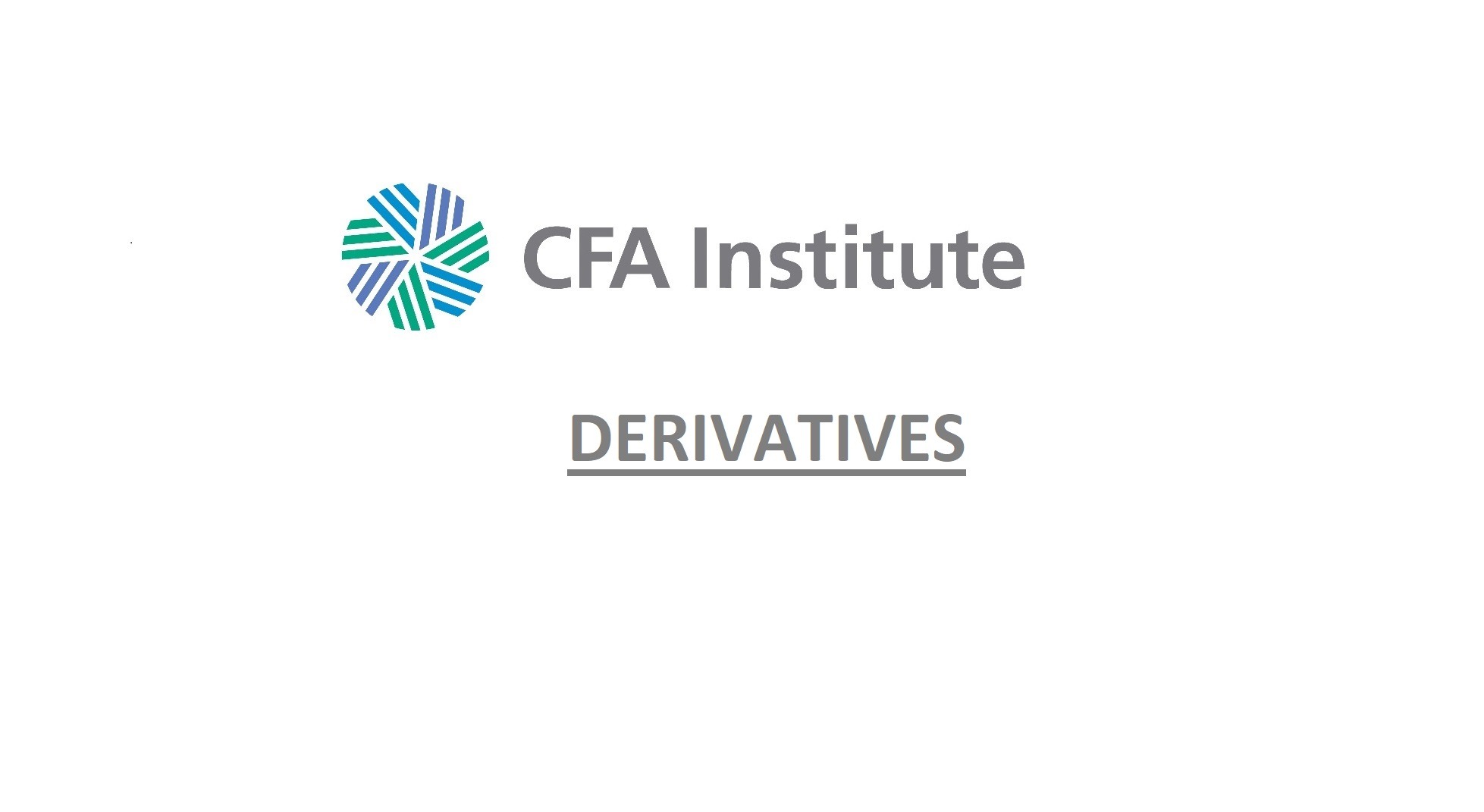A goal of derivative strategies is to modify portfolio risk and return. By combining a bond portfolio with a short interest swap for instance, will reduce the duration of the portfolio. Combining a portfolio with bond futures will increase duration.
In asset terms, we can replicate a long position using a combination of an asset futures contract and a risk-free asset:
- Long futures + risk-free rate = long stock
An implication of this equation is that we can hedge a long asset position by entering a short futures positions.
- Long stock – long futures = long stock + short futures = risk-free asset.
Below we explore some other derivative strategies which modify portfolio risk and return.
Covered Call Option
A covered call is combining a long stock position with a short call position. This allows for some income to be generated and can be also be used to realize a target price, or in some cases exit a position with a call option premium that is larger than the spot price.
- Max gain = X – S0 + C0
- Max loss = S0 – C0
- Breakeven point = S0 – C0
Protective Put
A protective put combines a long stock position with a long-put position. This serves as downside production. This strategy is often referred to as downside protection because the investors pays a “deductible” which is the cost of the put, in exchange for protection from a larger less if the stock price drops. However, the investor does not give up the upside potential. Frequent use of then in a portfolio will create a long term drag on returns.
- Max gain = St – (S0 + P0)
- Max loss = (S0 – X) + P0
- Max loss = S0 + P0
Bull and Bear Spreads
These strategies limit profit potential but also risk. A bull spread for example can be made by purchasing a call option with a lower strike price (XL) and shorting a call with a higher strike price (XH). If price rises to XH, we will gain the spread between the XLand XH. However, if price falls, we will be limited to a loss of the cost of the long call – profit of the short call.
- Max profit = XH – XL – CL0 + CH0
- Max loss = CL0 – CH0
- Breakeven price = XL + CL0 – CH0
Bear Put Spread
- Max profit = XH – XL – PL0 + PH0
- Max loss = PL0 – PH0
- Breakeven price = XH + PL0 – PH0
Collar
A collar is a short position in a covered call combined with a long protective put. Collars work like spread trades in that they limit downside at cost of upside but include a position in the underlying as well. The goal is to decrease the volatility of returns. The put strike price should be lower than the short call price.
- Max profit = XH – S0 – (P0 – C0)
- Max loss = S0 – XL + (P0 – C0)
- Breakeven price = S0 + (P0 – C0)
Straddle
A straddle aims to capture an increase in future volatility, regardless of the direction of the volatility. A straddle is set up with a long call and a long put with the same strike price on the same underlying stock.
- Max profit = ST – X – (C0 + P0)
- Max loss = C0 + P0
- Breakeven price = X – (C0 + P0) and X + (C0 + P0)
Calendar Spreads
Calendar spreads are used to capture changes in volatility at an indeterminate future point. Given two call options on the same stock with different maturities and the same exercise price, a long calendar spread shorts a near dated call and longs the longer dated call.
This position will capture price upside if it happens to break out, perhaps in advance of a major announcement on a patent.
